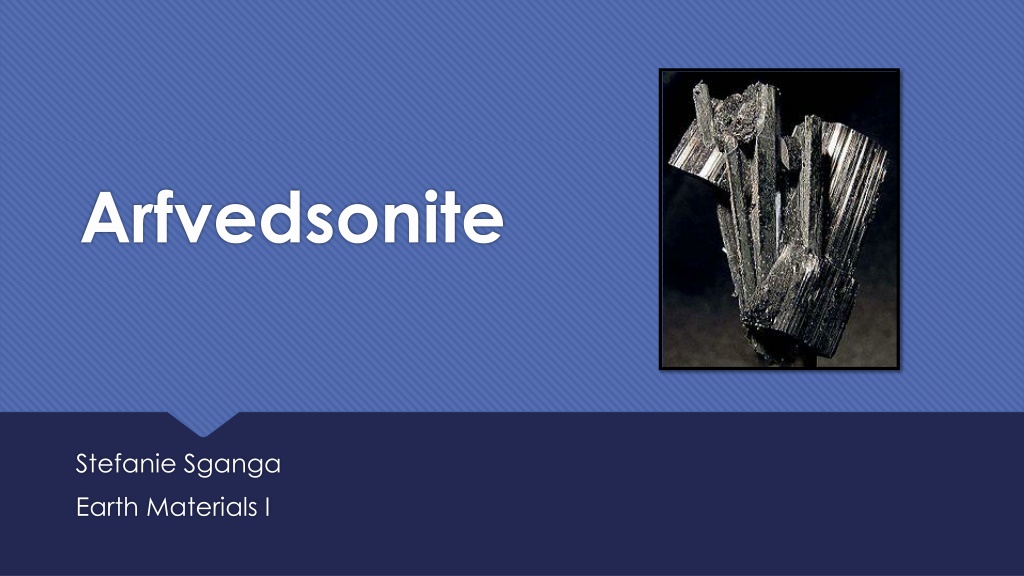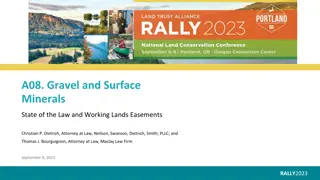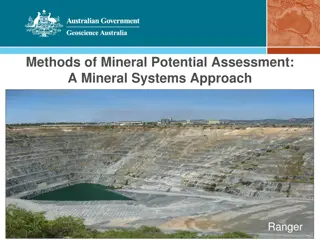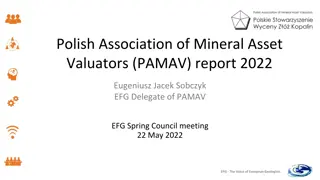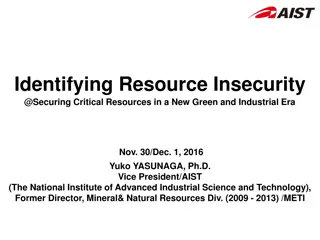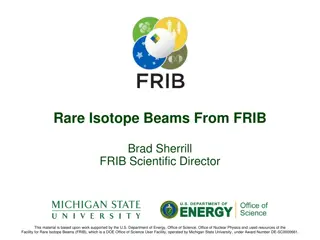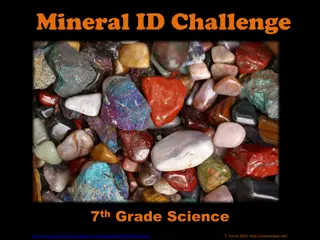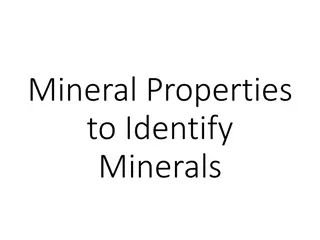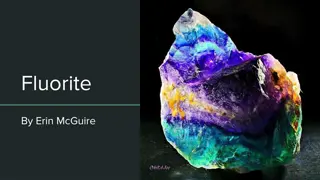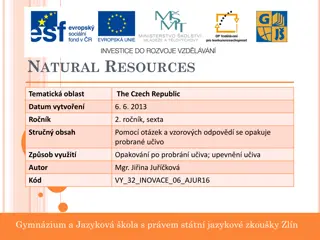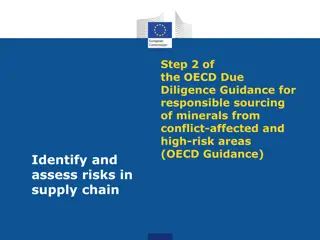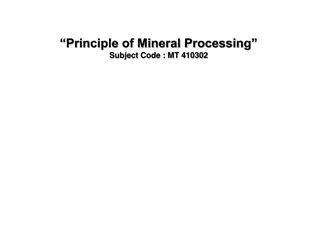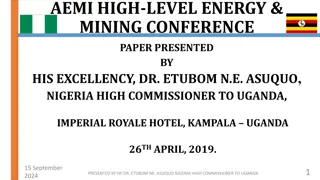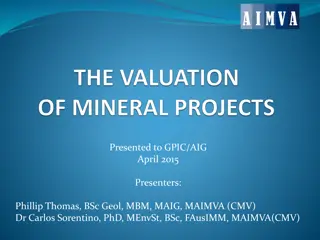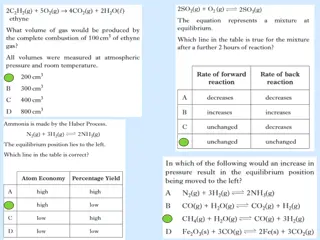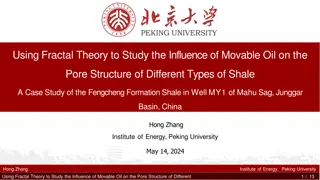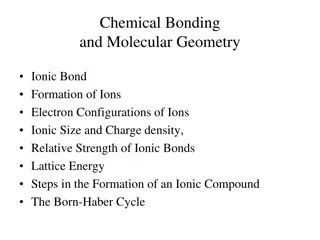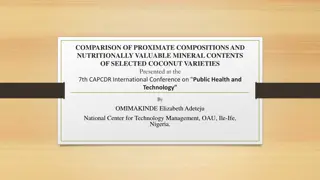All About Arfvedsonite: Rare Mineral Formation and Properties
Arfvedsonite is a rare mineral that is only formed in iron-rich igneous intrusions associated with nepheline syenites and pegmatites. Discovered in 1823 and named after Swedish chemist Johan Arfwedson, it has a distinctive chemical formula and structure as an amphibole mineral. Its physical properties include varying colors, vitreous luster, and prismatic cleavage. Arfvedsonite exhibits monoclinic crystallography and biaxial optics with pleochroism. Found in Southern Africa and Quebec, Canada, this mineral is a fascinating subject for study.
Download Presentation

Please find below an Image/Link to download the presentation.
The content on the website is provided AS IS for your information and personal use only. It may not be sold, licensed, or shared on other websites without obtaining consent from the author. Download presentation by click this link. If you encounter any issues during the download, it is possible that the publisher has removed the file from their server.
E N D
Presentation Transcript
Arfvedsonite Stefanie Sganga Earth Materials I
General Information Rare mineral Only formed in iron-rich igneous intrusions associated with nepheline syenites and pegmatites Igneous intrusions magma cools and solidifies before reaching the surface Limited in areas globally Discovered in 1823 Named after Swedish chemist Johan Arfwedson Discovered Lithium
Chemical Formula and Structure [Na][Na2][Fe2+4Fe3+]Si8O22(OH)2 Amphibole mineral (double chain structure) Iron rich sodium silicate Part of solid solution series Other end member is magnesio-arfvedsonite Magnesium rich
Physical Properties Color can be bluish black, black, or greenish black Luster tends to be vitreous Nonmetallic Streak is dark bluish gray or gray- green
Physical Properties Hardness between 5 and 6 on Mohs Scale Crystal habit varies Fibrous, prismatic, or tabular Perfect prismatic cleavage {110} 56 and 124 angles
Crystallography Monoclinic All axes unequal lengths 2 axes are perpendicular to each other (90 ) 1 axis at angle larger than 90
Optics Biaxial 2 optic axes Strong pleochroism Changes to yellow- browns, blue-greens, or gray-violets Birefringence Low color order
Locations Found in Southern Africa Zomba, Malawi Found in Quebec, Canada Iron-rich igneous intrusions
Works Cited https://www.britannica.com/science/arfvedsonite https://www.mindat.org/min-325.html http://webmineral.com/data/Arfvedsonite.shtml#.Xc7cfjJKh-U https://www.minerals.net/mineral/arfvedsonite.aspx https://www.youtube.com/watch?v=ZDqecHKhhFA
